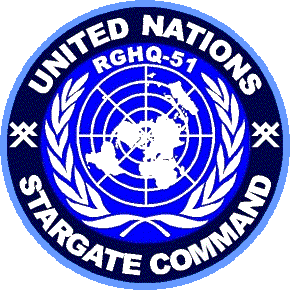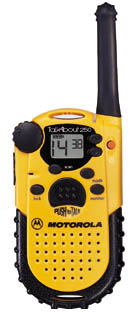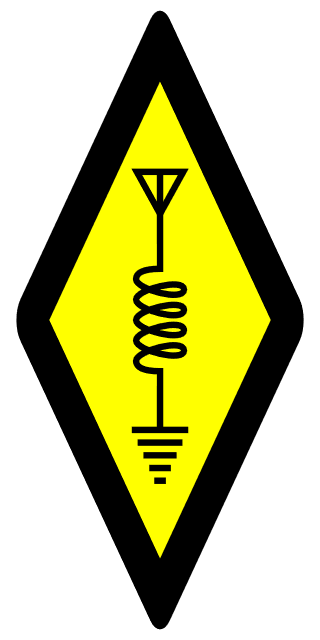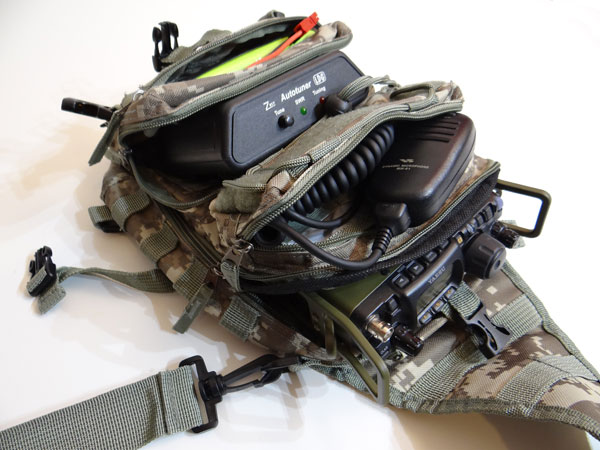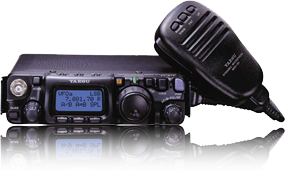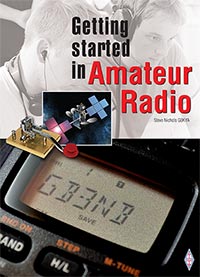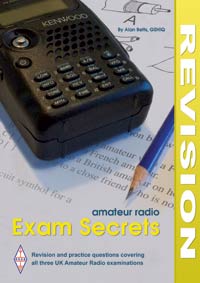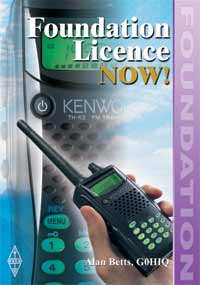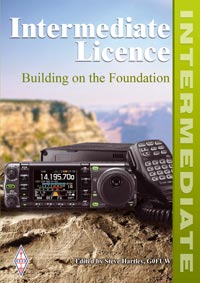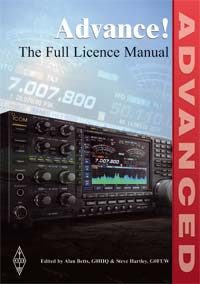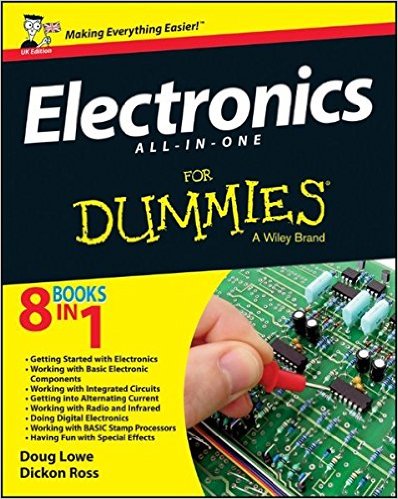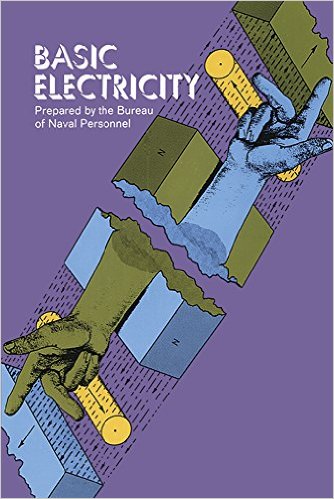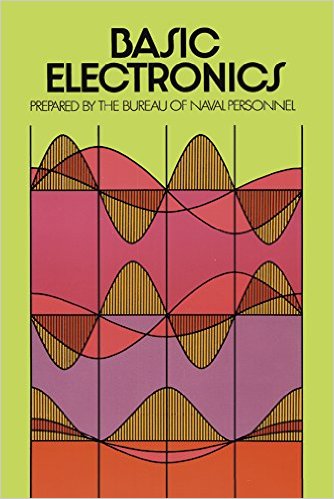
|
CONTACT!
|
|
|---|
The Radio Telephony Operator's Page
"Apparently, we have been authorised to destroy Moscow!"
Welcome to the RTO's webpage. Here you will find an outline of how we plan to make use of radio during CONTACT in the future, plus links to various sites and suppliers for radio communications kit and training materials for those players who want to take it to the next level. You can find a detailed In-Character article on military radio procedure by clicking HERE. Meanwhile, what's the plan...
Short Range Squad Level RadiosWell apart from the additional 16 frequencies, and the 104 DCS (Digital Coded Squelch) providing 1,664 "channels", the key feature is in the name "digital". As the range increases between two analogue radios the signal degrades, becoming weak and increasingly difficult to read, thus seriously limiting the useable practical range especially in close terrain etc. Digital on the other hand though still only permitted to transmit at 500mW can take even the weakest signal and deliver crystal clear speech. When the range does exceed the systems ability, you hit what is called the "digital cliff", thereafter nothing, not even a hiss. This means not only far clearer readability, but significantly longer range even in woodland and buildings. The downside at the moment is that the kit is not cheap. The manufacturers are starting with the high end business market first, and will work down to the kiddy market as time goes by, and presumably demand rises. Currently we are right on the cusp and so little licence free kit is available here in the UK, Europe on the other hand is awash with it, but this will change, and it will give us time to put our pennies aside. Fortunately the new dPMR radios coming on-line tend to have both the analogue and digital service, complete with CTCSS and its digital equivalent DCS, providing a total of 1,968 "channels across both services. This means that old and new kit can function together, giving us a decent transition period. One other point is that over the last 17 years since the introduction of PMR, the quality of kit available has steadily got better. The top of the range kit is tough. Tough enough for serious milsim games like CONTACT, plus they come with a host of modern features, such as in-built scrambler systems for security. Long Range Platoon Level RadiosGood question, and we may end up using CB as well, but that like the PMR service has its limitations. Unlike the amateur or "ham" bands, you can only use voice on CB, and the maximum power is restricted to 4 Watts, but you tend to get this only from the larger mobile radios with big antennas, the CB handhelds perform little better than the PMR's. However the CB service now shares one advantage with PMR's, in that since 2006 you no longer need to buy a licence to use it. However the advantages of amateur radio are great. Firstly even with the basic licence, you can operate a radio up to 10 Watts, in multiple bands and modes which not only give you far greater range, but the ability to send and recieve other kinds of signals. This includes data, text, video and automatic positional data which not only can be sent to another reciever, but uploaded on to the web in real time. Imagine if you will a Combat Information Centre (CIC) either in the field or back at base with computers and large monitors/TV screens displaying unit positions on a map, complete with video and data streaming from helmet/gun camras and inexpensive tablets or even drones. And on top of this the higher level licences grant access to more frequency bands and higher output power; intermediate offers up to 50 Watts, while the Full licencees can use up to 400. And finally the quality of the kit is far better, although at a price. But again as a Ham you are legally permitted to build your own radio using a kit, or even from scratch, plus you are allowed to transmit in Morse Code, which is still used on occaision by Special Forces. I think its worth having a go, and if after we have tried, it turns out not to be possible, then we always have a fallback position with the humble CB service. Finally, I am pretty sure from what I have read on-line that others are either actually already using amateur radio in airsoft, or are considering it. So I intend to create and promote the Amateur Radio Airsoft Network or ARAN, to draw folks together to share ideas, experiences, and promote both hobbies.
Links related to PMR and dPMR licence free equipment etc. ICOM IC-F29DR dPMR This is a link to the Japanese ICOM page (in English) for this radio. As I mentioned above it is currently available all across Europe via the German, Spanish and French distributors, but not yet here in the UK - come on guys!
Be aware that these are seriously expensive pieces of kit. Once you have got it all, you won't have much change out of a K. But you'll have an entirely new hobby to play with, communicating around the world! By comparison its about the same as 2 or 3 good airsoft rifles or a decent machine gun, and how many of those can you carry at the same time! One final word, if it turns out to be impossible to go down the Ham route, there is always the Citizens Band (CB) radio option, which although far easier, and less expensive, it is extremely limiting. One suggestion that has been made is that if we have enough interest, we can run three networks, PMR/dPMR, CB and Ham.
The Radio Society of Great Britain is the hobbies principal body supporting radio amateurs here in the UK. Membership of the RSGB is not a requirement, and if you are tempted by the idea of a discount on their books, you had better be buying a library full to justify it, unless the other services and the monthly magazine is also what you want. Getting Started Their page for beginners. How To Become a Radio Amateur: FAQ and resourses for the beginner.
The first book above "Getting Started in Amateur Radio" is a handy little guide to the hobby, but the next two "Amateur Radio Exam Secrets" and "Foundation Licence Now!" are absolutely essential if you are thinking of tackling the basic exam. "Exam Secrets" costs £12.99 and covers issues for all three exams, while "Foundations" which costs just £4.99 is the course book for the basic exam. Both are available via Amazon if you prefer, and there the reviews are excellent, especially for "Exam Secrets" (4.9 stars). The other two books are for the intermediate and advanced exams, but that'll depend upon how enthusiastic you get! Book Shop FYI here is a link to the other departments of the RSGB book store. UK Club Finder Enter your postcode and you will find your nearest radio amateur club. There you can get training and support. Band Plans Current and past amateur radio frequency allocations.
Links to clubs and individual radio amateur sites that provide on-line training, resources etc. BRATS On-Line Training Course The front page for the BRATS radio amateur club's on-line courses for all three levels. "Level 1" is the course you want. The text is a bit wobbly, with bad spelling and typos, but the content seems sound. Essex Ham A site supporting amateur radio in Essex, with numerous useful pages.
Office of Communications, that is the body charged with managing the UK's radio airways: PMR Information on the law on the use of Private Mobile Radio (446MHz) CB Information on Citizens Band Radio (27MHz) Amateur Radio License Terms & Conditions A PDF copy of the terms and conditions of a radio amateur licence, all 23 pages of it, and you'll need to understand it for your exam:
Links to manufacturers and suppliers of amateur radio equipment, plus other miscellanious Ham sites. GB0SNB Radio Amateur Station at the Bunker This is the website of the special events amateur radio station based at the Kelvedon Hatch nuclear bunker where we run CONTACT. ICOM The website of ICOM Japan, a top of the range manufacturer. ICOM UK The UK distributor of ICOM radio equipment. Portable Zero A supplier of packs and tactical mountings for radios. Tactical Radio Carriers A supplier of packs and tactical mountings for radios. Yaesu UK The UK distributor of Yaesu radio equipment. A top of the range manufacturer.
Links to misellaneous sites, manufacturers and suppliers of radio accessories of interest to all users. A Dummies Guide To Radio Comms and the Law An airsoft sites short but dense article on the law governing the world of radio. Starkey's Headsets A supplier of top of the range headsets and related kit suitable for any kind of radio system.
The Military Wireless Museum
Organisations of use or interest to radio enthusiasts, listed in alphabetical order. CW Operators Club (Morse Code)
Conférence Européenne des administrations des Postes et des Télécommunications (CEPT) - homepage European Telecommunications Standards Institute (ETSI) - homepage International Radio Amateur Union (IARU) - homepage International Telecommunications Union (ITU) - homepage Radio Amateurs' Emergency Network (RAYNET) Radio Amateurs Invalid and Blind Club (RAIBC) Radio Society of Great Britain (RSGB) UK Amateur Radio Callsign Database by QRZ.com
The following links are to on-line videos.
| ||||||||||||||||||||||||||||||||
End of Page
|
|---|
|
|
